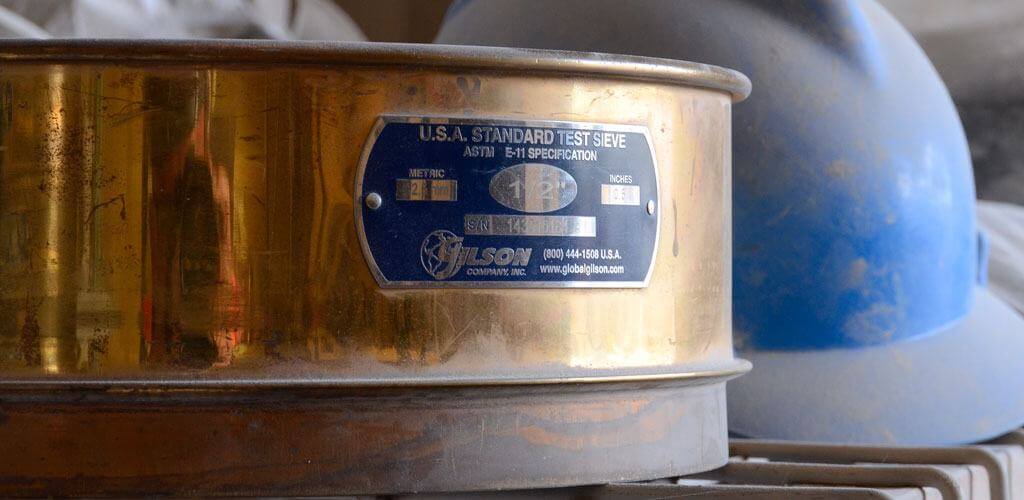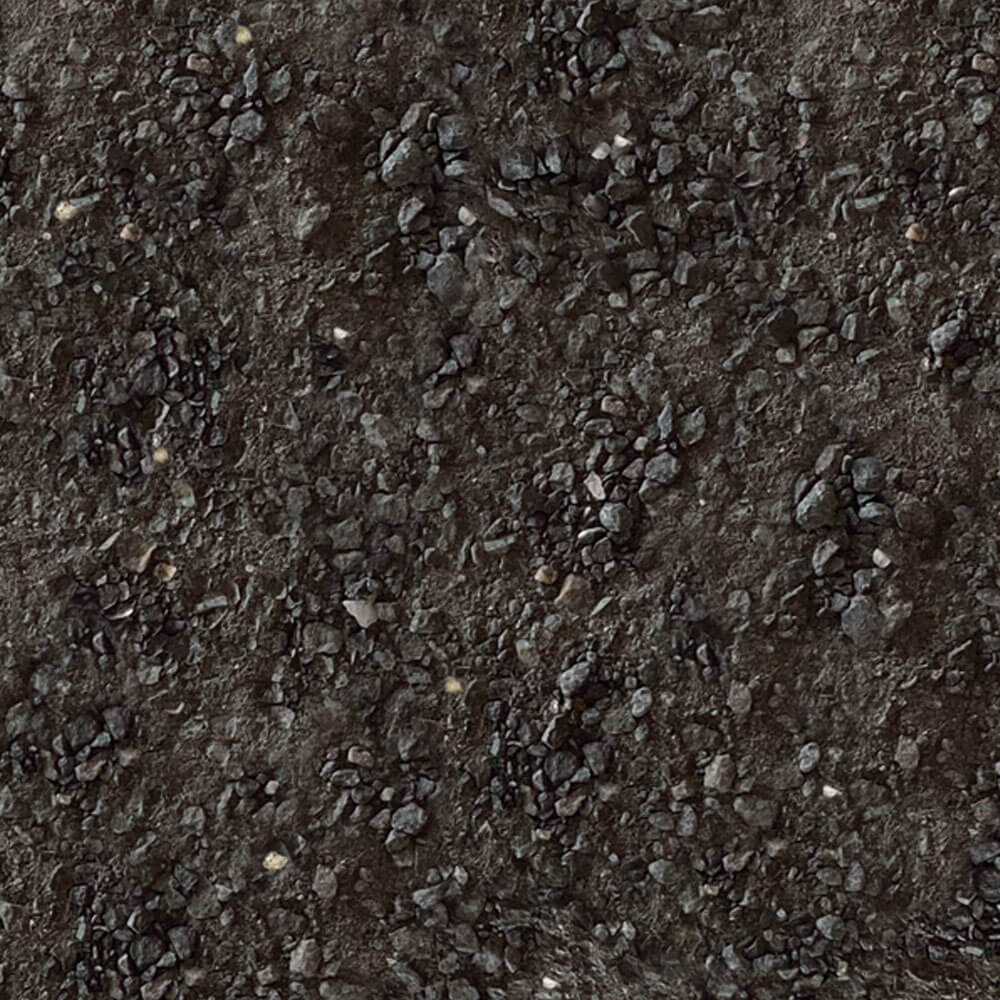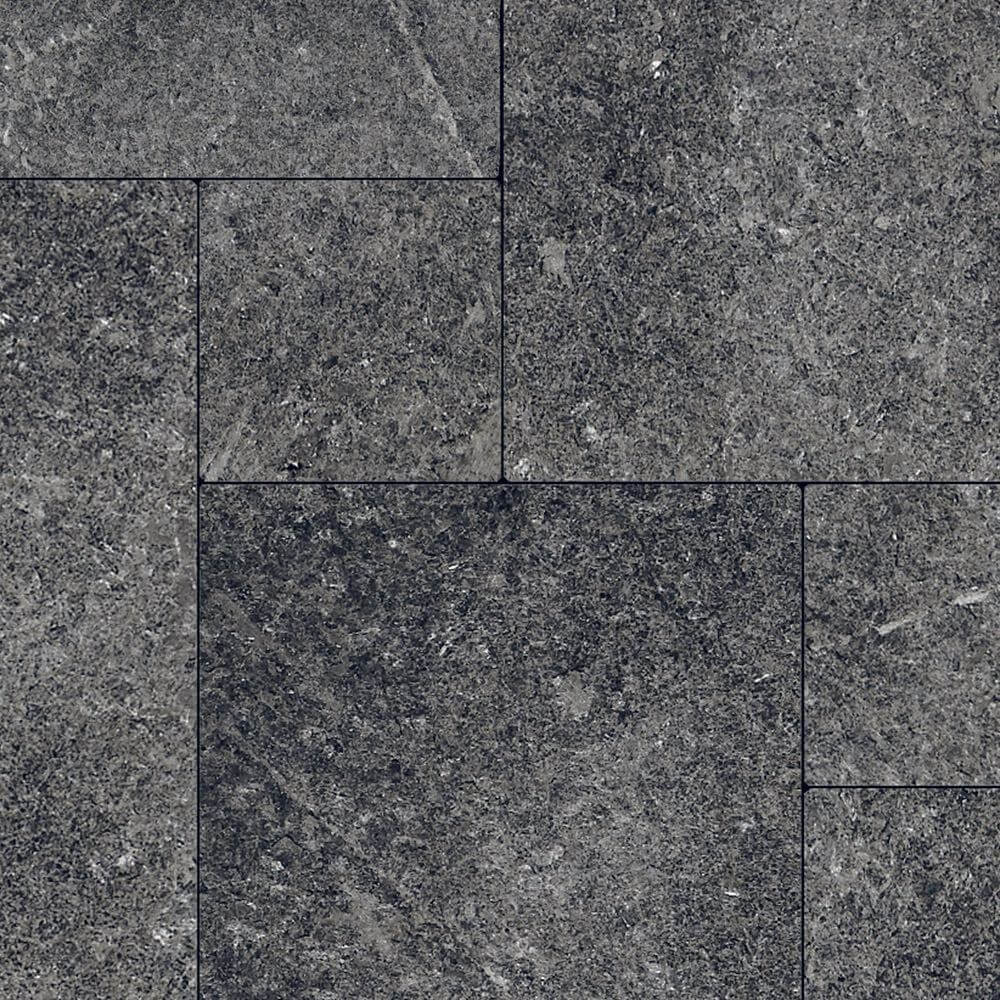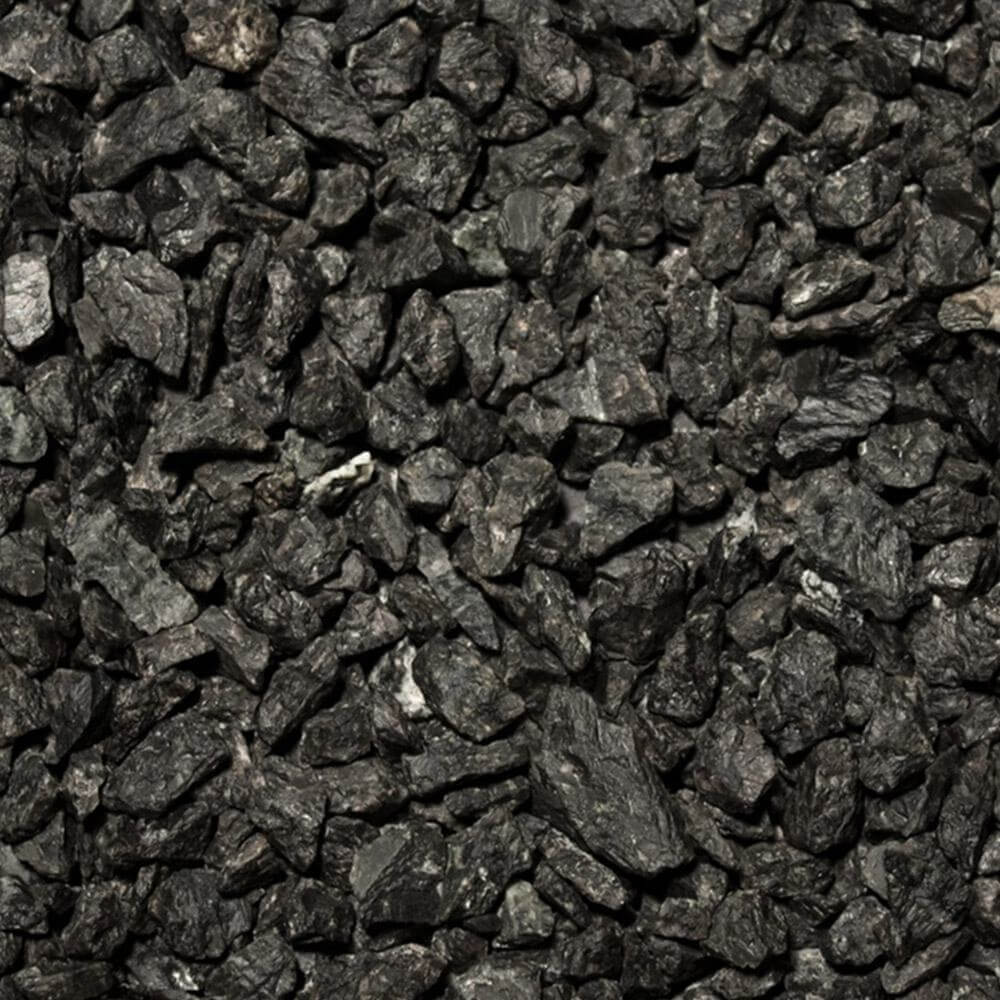When selecting aggregate for commercial use, there are a number of tests the product goes through to evaluate its suitability for a certain application. Among these tests is a sieve analysis. A sieve analysis helps companies to evaluate aggregate for use as a quality product in pathway mixes, architectural and decorative precast concrete, epoxy resin applications, epoxy overlay, and much more. We’ve put together a quick summary that highlights the significance of sieve analysis and why it matters to the aggregate industry.
Evaluating Aggregates for Their Intended Uses
The practice of sieve analysis is especially important for the performance of aggregates in their intended uses. Each of these uses will require a specific size or gradation of aggregate, including the percentage of material allowed for each sieve size in the gradation. This can be critical for the strength of the material, compaction of the aggregate, and the visual aesthetic and surface area of the stone.In other words, the process of sieve analysis assists with the gradation of aggregates.
What Is Gradation in Sieve Analysis?
The gradation of aggregates is the distribution of aggregate particles, by size, within a given sample. The purpose of gradation in this capacity is to enable compatibility of the aggregate with product control requirements, designs, and verification specifications.
Gradation via sieve analysis works particularly well for aggregates because of the shapes of the stones and particles. Material that is not somewhat spherical—say, closer to cylindrical—may not lend to successful sieve analysis.
Sieve Analysis: Step by Step
The procedure of sieve analysis starts with the stacking of sieves, or screens, from the largest to the smallest size. Typically, the mesh of these sizes can range from 1 inch or 25.4 mm to what’s known as the “No. 400” or .037 mm of an opening.
Then, the bulk aggregate is placed carefully on the top sieve and the material is screened through the various sieves and subsequently become separated by size. Aggregates that couldn’t pass through a ⅜” sieve screen, for example, will stay in that sieve while the others pass through until they’re caught in the proper sieve. However, simply dumping your aggregate through sieves is not enough for accurate parsing – that’s what sifters are for.
Sifting Methods
Depending on your machinery, sifting can be a relatively painless and time-saving process. Mechanical sieve shakers will shake the stacked sieves, causing each stone and particle to fall to its coinciding sieve screen. Note that there are different methods for sifting, common methods include:
- Horizontal sifting: where the sieves are sifted in a horizontal motion
- Throw-action: a sieve method whereby vertical force combined with circular motions is applied
- Air jet: uses a vacuum or other means of creating an air stream to transport and separate finer particles
- Tap: circular, horizontal motions with frequent tapping
- Wet: uses water to support the sieving process, but is a far less common practice than the traditional dry methods
Once sifted, each sized aggregate is weighed and noted as a percentage of the overall sample—that is, the percent of aggregate retained per sieve is noted as well as the percentage passed through that size (known as the passing aggregate). These details are then recorded, and the quality aggregate is sent for distribution where it will then await its new home.
An Example: How to Read a Sieve Analysis
In general, specialty crushed stone products must have consistent sizes and fall within acceptable tolerances. For a real-life example of the sieve test as it relates to Kafka’s quality control, we’ll unpack the sieve tests as they pertain to our stabilized pathway mix.
Kafka Granite’s Stabilized Pathway Mix must adhere to specifications as outlined by the binder manufacturer, Organic-Lock. With the gradation specification, there is an acceptable range and distribution of particle sizes that is to exist within the stone sample. While each sample and sieve will vary slightly, it’s vital that the samples for stabilized pathway mix fall within this range because a success ensures one of two things: the pathway mix is consistently well-graded, and it will compact properly.
Let’s take a closer look at the gradation specification for Stabilized Pathway Mix and how it works. First we must understand what U.S. Mesh sizing is. U.S. Mesh Sizing is defined as the number of openings per one square inch of a screen. Therefore, the larger the number, the smaller the screen size. The example below shows each sieve size translated to metric sizing, but you can also use a helpful screen size / sieve conversion chart.
The first pass calls for 80-100% passing the #4 mesh screen. In other words, 80-100% of stone particles must fall through a #4 mesh screen. Then, 65-90% of the stone particles should pass through an #8 mesh screen. You can see the rest of the required pass percentages in the below table. Once you reach the bottom of the chart, you’ll see that 5-15% of the stone particles should fall through the #200 mesh screen, which is an extremely fine, dust-like material.. If this were a “clean” or “chip” aggregate, there would not be such fine material included in the mix.
| Sieve | Sieve Size (mm) | Percent Passing |
| 4 | 4.75 | 80%-100% |
| 8 | 2.36 | 65%-90% |
| 16 | 1.18 | 40%-65% |
| 30 | 0.6 | 25%-55% |
| 50 | 0.3 | 15%-35% |
| 100 | 0.15 | 10%-20% |
| 200 | 0.075 | 5%-15% |
It is important that the pathway mix meets the gradation requirement above; it is vital for the product’s functionality. In order for the binder to work properly, the surface to compact, and rain water to drain, the gradation must be consistent and within the defined tolerances.
This is, of course, just one of many sieve analyses we run at Kafka to check a product’s gradation, and only one of many tests used to analyze quality. Contact us to request a sieve analysis or other product information.




